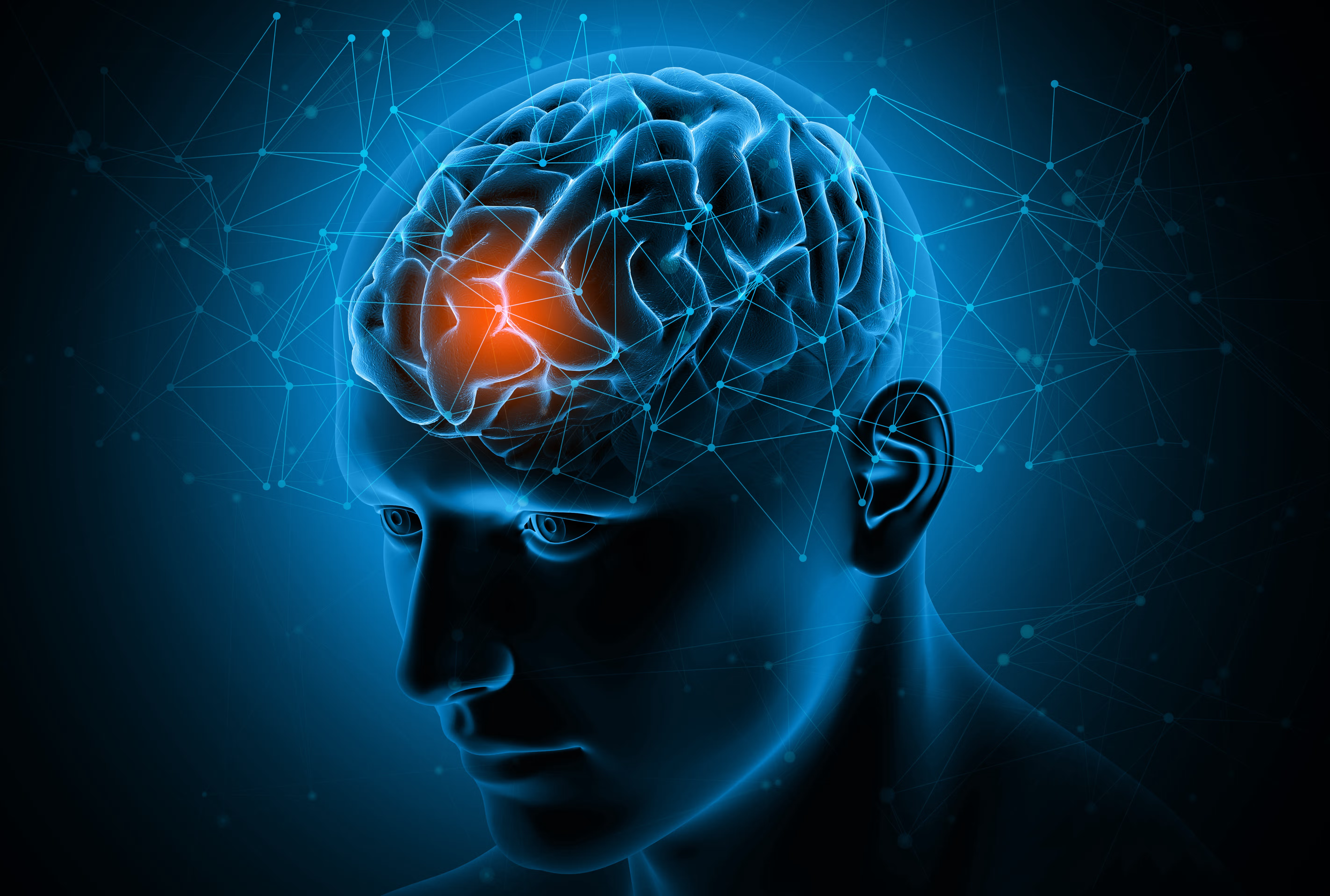Publication
Article
Psychiatric Times
The Holiday Syndrome: Who Exactly Came Up With the Idea of Those Christmas Blues?
Author(s):
Since ancient times, doctors have shown a good deal of interest in identifying seasonal patterns in the incidence of symptoms and disease. Could the holiday blues be a myth?
©GarryKillian/Shutterstock

HISTORY OF PSYCHIATRY
That time of year has once again arrived: the “holiday season,” which includes all the gatherings and festivities associated with Thanksgiving, Christmas, Hanukkah, and the New Year. And with it invariably comes admonitions to avoid drinking and driving as well as tips to refrain from over-eating. Along with these public health messages, it has become an annual rite for media outlets to warn of the peculiar mental health dangers posed by the holidays. Loneliness for some and stress associated with travel and family reunions for others are routinely cited as contributing to a rise in episodes of depression and a spike in suicides. A study of the Annenberg Public Policy Center, for instance, found that 70% of newspaper stories touching on the theme during the 2013 holidays linked the latter with an increase in suicide.1 For many, then, the connection between the holidays, on the one hand, and psychosocial troubles and psychopathology, on the other, is tacitly accepted.
Mental health professionals and organizations, however, have repeatedly repudiated this widely accepted assumption. They and other observers have expressed their frustration especially with the contention that suicide rates increase in late November and December, relegating it to the status of urban legend.2,3 When recently chatting with a psychotherapist, he expressed his agreement that the holiday blues idea was a myth, adding that, if anything, he found that his patients were more likely to exhibit signs of depression and anxiety after, not during, the holidays. That said, Sansone and Sansone4 have urged us to acknowledge that while “there is no increase in general psychopathology during the Christmas holiday,” there is evidence of “an increase in dysphoric moods.”
Origins
All of this begs the question: if this is a kind of myth, then where did it come from and when was it minted? Writer Olga Khazan3 speculates that perhaps the answer lies with the 1946 film It’s a Wonderful Life-with its famous scene in which Jimmy Stewart’s character George Bailey contemplates suicide-and the way in “which basic-cable networks put [it] on heavy rotation as Christmas nears.” I wondered, however, whether psychiatrists and clinical psychologists might also have played a role in associating the holidays with acute mental health problems.
Since ancient times, doctors have shown a good deal of interest in identifying seasonal patterns in the incidence of symptoms and disease. With the birth and growth of social statistics in the nineteenth century, social scientists made changing rates of suicide one of the first social problems to be quantitatively measured and evaluated.5 Psychoanalysts and psychoanalytically trained psychiatrists during the second third of the twentieth century, however, appear to have first made direct reference to the holidays as a distinct moment in which peculiar mental health problems might arise.
Jule Eisenbud6 (1908-1999) was one such figure. Arguably most famous for his interest in mental telepathy, Eisenbud published “Negative Reactions to Christmas” in 1941, only 3 years into his career as a private psychotherapist.7 Eisenbud’s inspiration for the article was a 1919 paper by the psychoanalyst Sandor Ferenczi8 (1873-1933), “Sunday Neuroses.” Ferenczi noted the frequency with which some of his patients regularly complained of head and stomach aches on Sundays. He argued that the key to understanding the regularity of these “nervous” symptoms was recognizing the way in which the traditional day of rest offered a kind of “liberation” from daily pressures-an opportunity to vent “holiday wantonness.” For neurotics used to repressing such impulses, he concluded, “self-punishment fantasies mobilized against them,” manifesting themselves in the form of “little hysterical symptoms.”
Eisenbud believed a similar dynamic was at work in patients exhibiting negative reactions to Christmas: namely, that one was dealing with individuals “who are unable to make the most of a celebration, who must always suffer, must never for any reason discard their sackcloth.”7 He discussed one such patient, a 34-year-old businesswoman in a merchandising firm, who in December 1938 had lost her job after run-ins with male colleagues, the latter finding her to be too “independent” and “bullying.” After recounting a dream she had in which a sad little girl prayed to Santa Claus to change her into a boy so that her mother might properly love her, the patient explained that Christmases had always been a time of anxiety and depression for her, typically accompanied by the loss of a job or a love interest. But on closer inspection, Eisenbud noted, “this was seen to be the inevitable result of an annual preparation for disaster, a seasonal access in her assertion of power, masculinity, and independence leading to open conflict with those for whom she worked, and strained relations with her intimates.”
So here we see that both Ferenczi and Eisenbud saw holidays in normative, categorically positive terms-Sundays and Christmases are relaxing and fun, times for celebration and self-indulgence, and anyone unable to enjoy them should be considered inhibited (more often than not, in a self-sabotaging way). For these psychoanalysts, holidays did not so much precipitate as expose psychological distress. At this stage at least, we are still somewhat removed from our contemporary image of the holiday as stressor.
It was James P. Cattell9 (d. 1994), a Harvard- and Columbia-trained psychiatrist and psychoanalyst, who seems to have been the one to have shifted the discussion in a new direction. In 1955, he coined the term “the holiday syndrome,” describing it as a reaction in some patients that manifests itself beginning around Thanksgiving and ending a few days after January 1st. It is characterized, he insisted,
. . . by the presence of diffuse anxiety, numerous regressive phenomena including marked feelings of helplessness, possessiveness, and increased irritability, nostalgic or bitter rumination about holiday experiences of youth, depressive affect, and a wish for magical resolution of problems.9
Cattell acknowledged that the syndrome was most common among those who had few stable emotional relationships outside of their family as well as a history of family disruption and separation, leaving these individuals feeling unloved and unwanted. But rather than emphasizing the punitive restraint exercised by the superego in such circumstances, as Ferenczi and Eisenbud had done, Cattell argued that the cultural ideals of family intimacy and obligation surrounding the holiday season established powerful expectations, ones that virtually demand that the individual revert to patterns of childhood.
They are days of re-creation, in the denotative sense, physical, emotional, and spiritual, as well as times of re-evaluating one’s relationship to oneself, family, and the past and future to father and God. There is paradoxical emphasis on conforming obedience, special expressions of interest, tenderness, and belonging on the one hand, with unusual license and magical expectations on the other. All of this carries a tremendous emotional impact and nurtures regressive behavior which is almost as well institutionalized as the more formal religious and social aspects of Sundays and the holiday season.9
Subsequent studies called into question the presumed link between the holidays and psychopathology.10 But with Cattell’s description and explanation of “the holiday syndrome,” we arrive at an image of the holiday season that bears a close resemblance to the one now commonplace in most people’s minds.
Conclusion
It’s unclear-to me, at least-whether Cattell’s article had a direct impact on media coverage of the holidays. A search of the NewsBank database, however, reveals that newspapers have regularly invoked the term “holiday syndrome” since the early 1980s (the earliest the database goes back). In any event, however, it is obvious that the notion of the holiday blues is not simply an urban legend or the concoction of the film industry. Psychiatrists and psychotherapists, too, have had a hand in its making.
This article was originally posted on 12/1/16 and has since been updated.
Disclosures:
Dr Eghigian is Associate Professor of Modern History and former Director of the Science, Technology, and Society Program at Penn State University, University Park, PA, and Section Editor for Psychiatric Times History of Psychiatry.
References:
1. Annenberg Public Policy Center. Most US Newspaper Stories Perpetuate False Holiday-Suicide Link. December 2014. http://www.annenbergpublicpolicycenter.org/most-u-s-newspaper-stories-perpetuate-false-holiday-suicide-link/. Accessed November 14, 2016.
2. Patoine B. Holiday Blues: Getting the Facts, Forgetting the Myth. The Dana Foundation. December 2015. http://www.dana.org/Briefing_Papers/Holiday_Blues__Getting_the_Facts__Forgetting_the_Myth/. Accessed November 14, 2016.
3. Khazan O. No, suicides don’t rise during the holidays. The Atlantic. December 2015. http://www.theatlantic.com/health/archive/2015/12/no-suicides-dont-rise-during-the-holidays/419436/. Accessed November 14, 2016.
4. Sansone RA, Sansone LA. The Christmas effect on psychopathology. Innov Clin Neurosci. 2011;8:10-13.
5. Porter TM. The Rise of Statistical Thinking, 1820-1900. Princeton, NJ: Princeton University Press; 1986.
6. Ravo N. Dr. Jule Eisenbud, 90, parapsychology researcher. New York Times. March 21, 1999. http://www.nytimes.com/1999/03/21/us/dr-jule-eisenbud-90-parapsychology-researcher.html. Accessed November 14, 2016.
7. Jule Eisenbud J. Negative reactions to Christmas. Psychoanal Quart. 1941;10:639-645.
8. Ferenczi S. Sunday neuroses. In: Further Contributions to the Theory and Technique of Psycho-Analysis. New York: Basic Books; 1960:174-177.
9. Cattell JP. The holiday syndrome. Psychoanal Rev. 1955;42:39-43.
10. Hillard JR, Holland JM, Ramm D. Christmas and psychopathology: data from a psychiatric emergency population. Arch Gen Psychiatry. 1981;38:1377-1381.






